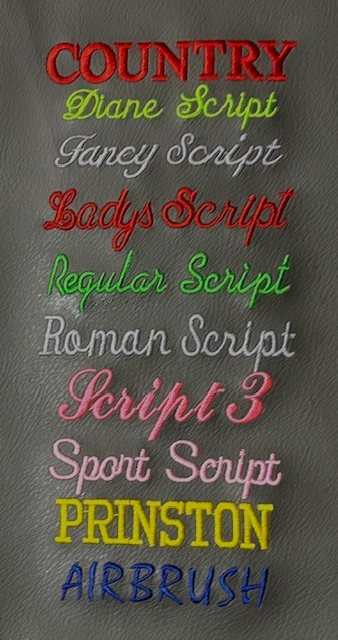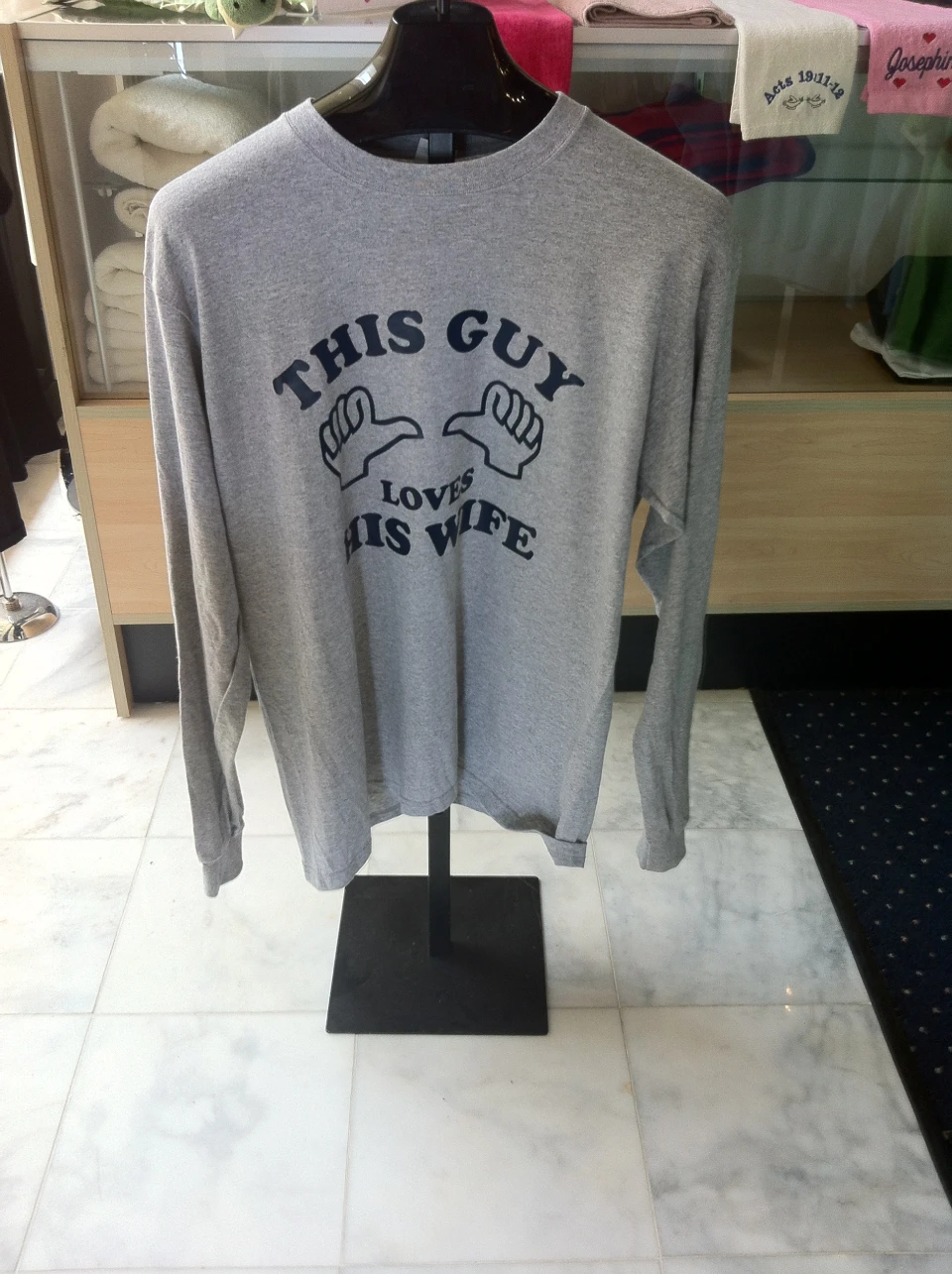Individualized Lab Coats with Embroidery for Medical Professionals
The Art of Custom-made Needlework: Opening the Secrets to Creating Distinct and Remarkable Designs
Embroidery, a craft steeped in custom and creativity, holds within its intricate stitches the power to transform material right into a canvas of distinct expression. The keys to creating personalized needlework designs that astound the eye and leave a long lasting impression lie in a fragile balance of strategy, creativity, and focus to detail. As we look into the world of customized needlework, we uncover the nuanced interaction between thread choice, stitch complexity, and design personalization that raises a mere garment to an artwork. Join us on a journey through the art of personalized embroidery as we unwind the secrets behind crafting really unforgettable and distinctive developments.
Picking the Right Embroidery Threads
When picking needlework strings, what essential variables should you think about to ensure the ideal outcomes for your customized layouts? The choice of embroidery thread is vital in establishing the last end result of your stitched style.
In addition, the weight or thickness of the thread plays a considerable function in the appearance of the needlework. Thicker threads can include dimension and appearance to your style, while finer threads are perfect for complex information and little text. Additionally, considering the color fastness and washability of the string is crucial to make sure that your custom designs preserve their high quality and vibrancy gradually. By thoroughly evaluating these factors and selecting high-quality strings that meet your specific needs, you can improve the aesthetic allure and durability of your embroidered productions.
Checking Out Various Stitch Methods
To explore the realm of 'Checking out Various Stitch Techniques', one need to grasp the ins and outs and nuances that each sewing technique offers the art of embroidery. Various stitch methods not just include visual interest but likewise add to the general appearance and measurement of the layout. One prominent stitch method is the satin stitch, which includes very closely packed parallel stitches to develop a smooth and shiny surface area, suitable for filling in forms and producing bold outlines.
On the various other hand, the backstitch is a functional strategy often used for outlining and including great information. It includes sewing backward to develop a strong line of needlework. Furthermore, the French knot stitch adds a responsive element to layouts, best for developing distinctive accents like blossom facilities or ornamental touches.
Discovering various stitch strategies enables embroiderers to play with light, darkness, and deepness within their designs, elevating the visual charm and imaginative top quality of their needlework projects. By understanding different stitching methods, one can open unlimited possibilities for developing one-of-a-kind and memorable customized embroidery items.
Incorporating Personalized Style Elements
Having actually explored the intricacies of various stitch strategies such as the satin stitch, backstitch, and French knot, the emphasis now changes towards integrating individualized layout aspects in custom embroidery jobs. Personalized style components play an important role in making needlework tasks truly one-of-a-kind and memorable.
One more means to integrate personalized design elements is by including icons or motifs that hold special significance to the recipient or show their interests and personality. As an example, including a preferred flower, pet, or hobby-related symbol can make the needlework layout extra meaningful and personalized. Additionally, picking colors that reverberate with the recipient or straighten with the designated motif can even more improve the personalization of the embroidery task.
Understanding the Art of Color Sychronisation

One key aspect of color coordination is understanding color concept. This consists of recognizing exactly how various shades interact with each various other, the emotions they convey, and how they can be combined to develop aesthetically enticing layouts. By using Recommended Site shade concept principles, embroiderers can produce unified shade palettes that enhance the overall appearance of the layout.
In addition, taking note of contrast is crucial in color sychronisation. Making use of contrasting colors can aid specific elements of the design pop, boost clarity, and produce an aesthetically dynamic needlework item. By understanding the art of shade coordination, embroiderers can raise their styles and create memorable pieces that resonate with clients and visitors alike.
Enhancing Structure With Advanced Embroidery Stitches

French knots, as an example, are ideal for including small, raised dots to your design, mimicking the appearance of grains or developing a distinctive surface area. Bullion knots, on the various other hand, can be utilized to develop twisted, ropelike components that include a luxurious feel to the needlework. Seed sewing includes tiny, scattered stitches that can fill in areas with a multicolor texture, while turkey work develops cosy, dimensional accents similar to pet hair or foliage. Trying out these innovative embroidery stitches allows you to press the borders of standard needlework and produce really one-of-a-kind and aesthetically attractive structures in your layouts.
Conclusion
Finally, the art of customized embroidery includes a combination of choosing the right threads, discovering various stitch methods, incorporating personalized design elements, mastering color sychronisation, and boosting structure with innovative stitches. By comprehending and executing these crucial elements, embroiderers can create one-of-a-kind learn the facts here now and memorable layouts that showcase their creative thinking and skill. Needlework enthusiasts can unlock the keys to creating attractive and bespoke items that stand apart and leave a long-term impression.